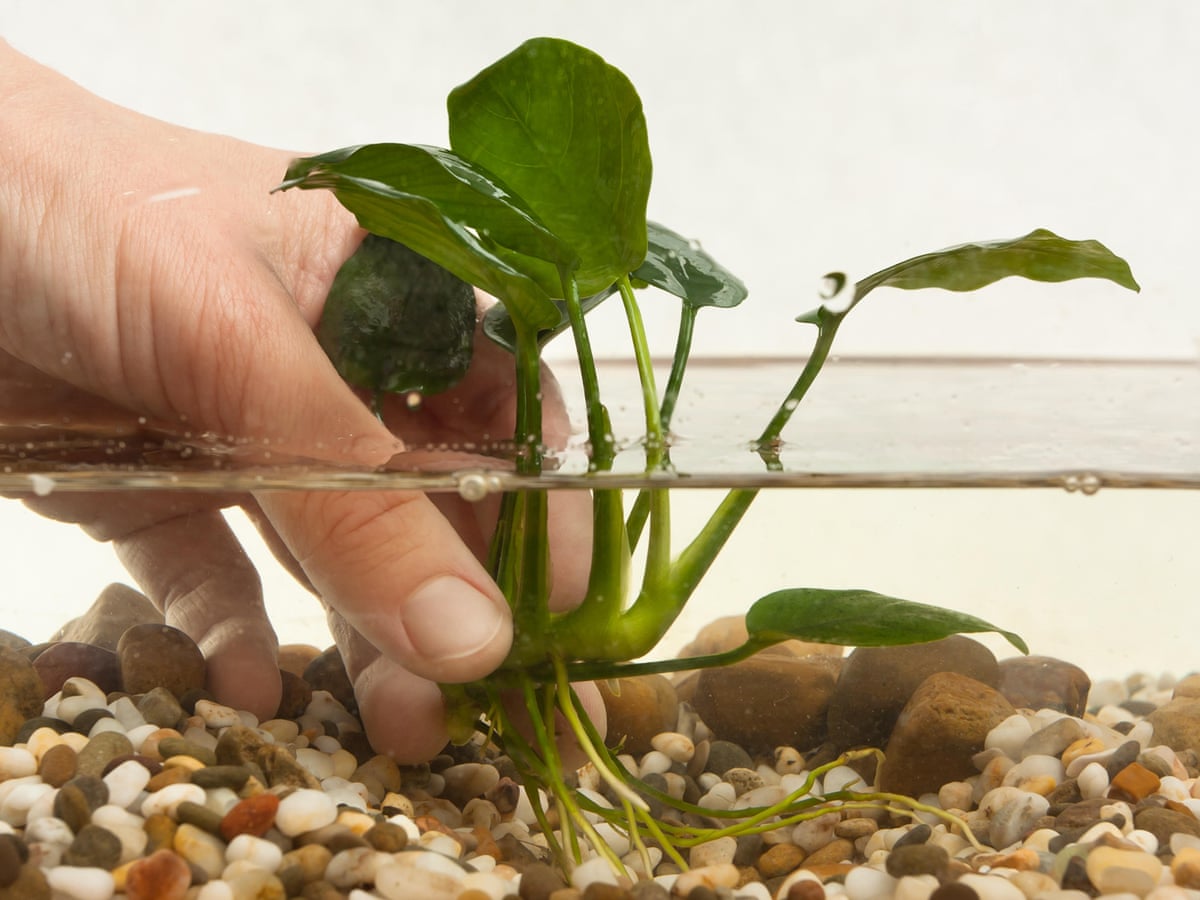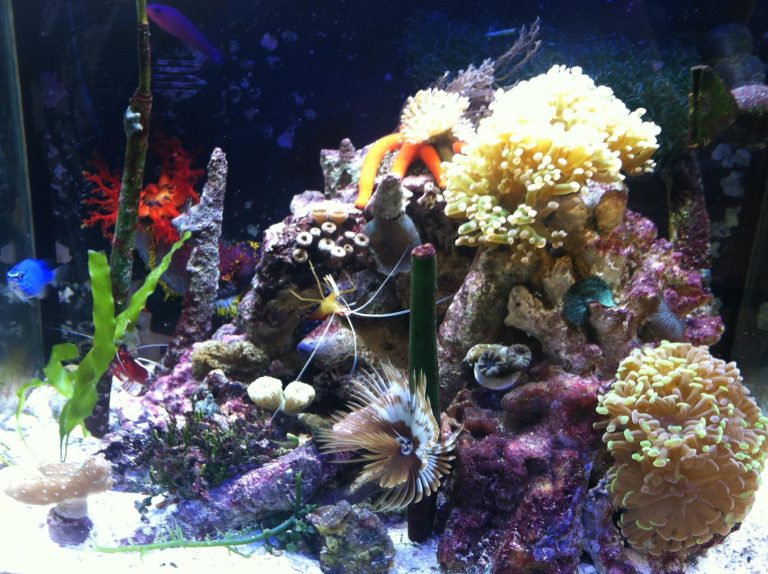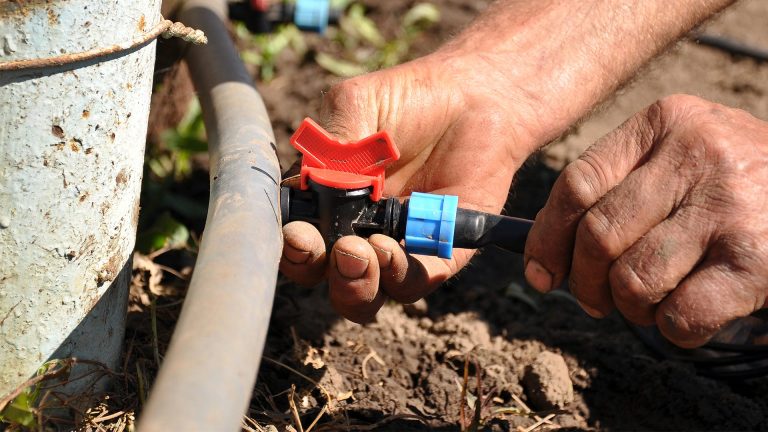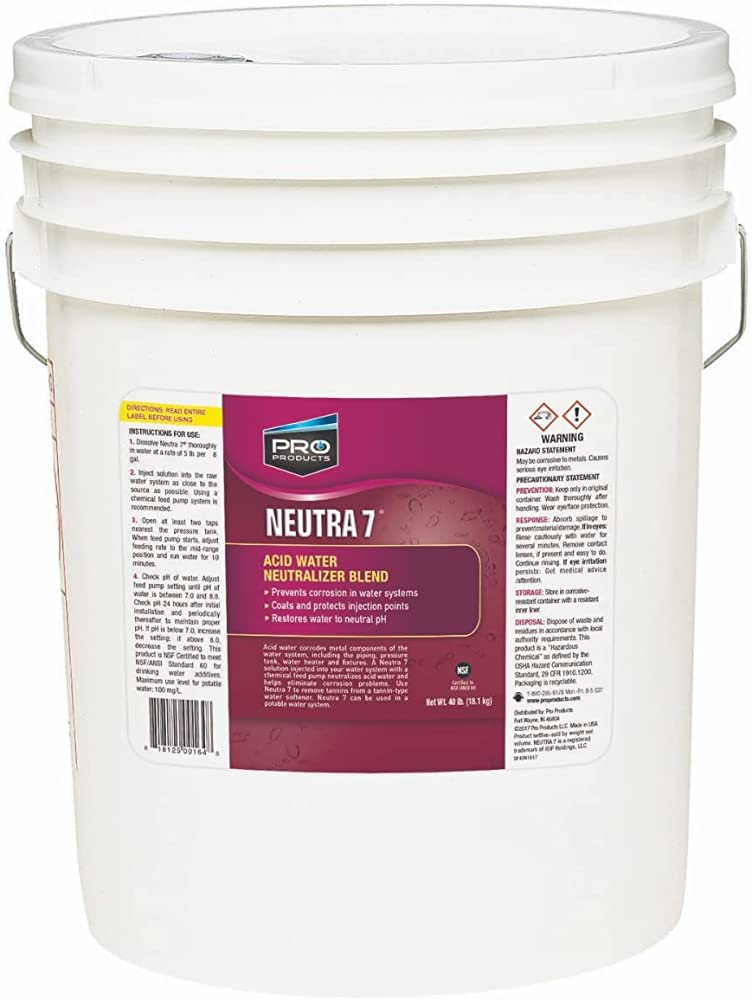Master the Art of Planting Aquarium Plants in Gravel
To plant aquarium plants in gravel, bury the roots gently in the substrate and cover them with a thin layer of gravel. Aquarium plants not only enhance the visual appeal of your tank, but they also provide a healthy living environment for your aquatic pets.
Planting them in gravel is a popular substrate choice due to its affordability and effectiveness in providing a stable base for the plants. However, planting in gravel also has its challenges. Ensuring the plants receive enough nutrients and light is critical for their growth and survival.
This article will provide step-by-step instructions on how to properly plant aquarium plants in gravel and tips on how to maintain a healthy aquatic environment for your fish and plants. Following these steps will help ensure successful planting and a thriving aquarium.
Credit: www.reddit.com
Enhancing The Aesthetic Appeal Of Your Aquarium With The Proper Planting Techniques
Creating A Natural Aquatic Environment With A Balanced Combination Of Plants And Gravel
Aquariums are a great way to bring a piece of nature into your home or office. When it comes to aquarium plants, planting them properly in gravel can greatly enhance the aesthetic appeal of your aquarium. Here are some key points to take into consideration when creating a natural aquatic environment with a balanced combination of plants and gravel:
- Before planting, it’s essential to rinse the gravel thoroughly with water to remove any dirt or debris that may be on it.
- Choose a suitable depth for the layer of substrate. A depth of around two inches works well for most aquarium plants.
- Create a gentle slope towards the back of the aquarium. This gives the plants in the back more space to grow and creates a more natural-looking environment.
- Place the larger plants in the back of the aquarium and smaller ones in the front.
- When planting, push the stems of the plants into the gravel until the root system is firmly secured.
- Cover the roots with gravel while making sure the stem is not buried too deep.
Benefits Of A Planted Aquarium
There are many benefits to having a planted aquarium, aside from the aesthetic appeal. Here are some key points:
- Aquarium plants help to absorb harmful chemicals such as ammonia and nitrates from the water, which can reduce the number of water changes required and improve the health of your fish.
- Plants provide a natural habitat and hiding spots for fish, which can reduce stress levels and promote healthy behavior.
- They create a natural-looking environment that can reduce the appearance of algae growth.
- Plants contribute to the food chain by providing a food source for the fish.
The Importance Of Selecting The Right Types Of Plants For Your Aquarium
When selecting the right plants for your aquarium, there are a few things to consider:
- Aquarium plants come in several categories, including foreground, background, and midground plants, and each has different growth requirements. It’s essential to choose plants that will thrive in the specific conditions of your aquarium.
- Consider the lighting conditions in your tank. Some plants require more light than others, and it’s important to choose plants that match the lighting you have available.
- Take into consideration the temperature and water hardness requirements of the plants you are considering. Choosing plants that thrive in the same conditions as your fish will help ensure success.
Proper planting techniques and selecting the right plants can transform your aquarium into a beautiful natural environment that promotes healthier, happier fish. With these tips, you’re well on your way to creating a stunning underwater oasis.
Understanding The Role Of Gravel In Your Planted Aquarium
Aquarium plants are not only beautiful but also play a crucial role in the environment of the aquarium. They help to oxygenate the water, control algae growth, and provide a natural habitat for fish and other aquatic creatures. However, planting these aquatic plants in gravel can be a daunting task, especially for beginners.
Let’s start by understanding the importance of gravel in your planted aquarium.
The Advantages Of Using Gravel As A Substrate
Gravel is a popular choice for aquarium substrate due to its many advantages, including:
- Provides a natural aesthetic to your aquarium
- Helps to anchor the plants in the aquarium
- Creates a natural cycle of beneficial bacteria that helps break down fish waste
- Supports essential microorganisms that help to nourish and sustain plant growth
- Prevents debris from accumulating at the bottom of the aquarium
How Gravel Enhances The Growth Of Aquarium Plants By Providing Essential Nutrients
Gravel also plays an important role in enhancing the growth of aquarium plants by providing essential nutrients. The following are some ways that gravel can help with plant growth:
- The interstitial spaces between gravel offer a place where essential nutrients can accumulate
- Gravel helps to enrich the water further with minerals necessary for plant growth
- It can create a protective layer around the roots of the plant, trapping moisture and nutrients
- The beneficial bacteria that grow in the gravel can help break down organic matter and make nutrients more readily available to the plants
- Gravel acts as a mechanical filter, keeping the water clean and free from debris, reducing the risk of root rot and other problems
The Proper Way To Prepare Gravel For Planting
Once you have decided that gravel is the right choice for your aquarium, you need to prepare it properly before planting. The following are the essential steps you need to take to prepare gravel for planting:
- Rinse the gravel thoroughly in a colander or sieve. Avoid using soap or any other cleaning agents.
- Boil the gravel for a couple of minutes or bake it in the oven at 350 degrees fahrenheit for 20 minutes to sterilize it.
- Place the gravel in the aquarium, creating a layer approximately 2-3 inches deep.
- Add water slowly, allowing it to settle before introducing plants and other aquarium inhabitants.
Understanding the role of gravel in your planted aquarium is essential to promote the growth of your aquarium plants. Gravel serves many critical functions, from providing an anchor for the plants to creating a natural cycle of beneficial bacteria that helps break down fish waste, and supports essential microorganisms that nourish and sustain plant growth.
By correctly preparing the gravel for planting, you can promote optimal growth and cultivate a healthy and beautiful aquatic environment.
The Art Of Planting Aquarium Plants In Gravel
Planting aquarium plants in gravel can not only add aesthetic value to your aquarium but also improve your aquatic pets’ quality of life. However, it is important to understand the correct technique to avoid disturbing your aquarium’s ecosystem. Here are some key points to keep in mind when planting aquarium plants in gravel:
Step-By-Step Instructions For Planting Aquarium Plants In Gravel
Follow these simple steps to plant aquarium plants in gravel:
- Begin by cleaning the gravel and removing any debris or dirt that may have settled on it.
- Prepare the plants for planting by removing any dead or damaged leaves or roots. If it is a potted plant, gently remove it from the pot and rinse off the soil.
- Dig a small hole in the gravel where you want to place the plant. Make sure it is deep enough to cover the roots without burying the stem.
- Place the plant in the hole. Gently push the gravel around the roots until it feels secure.
- Repeat the process for all the plants in the tank.
Tips To Prevent Disturbing The Substrate And Disrupting The Aquarium’S Ecosystem
Plants need a suitable environment to thrive in. While planting aquarium plants in gravel, you need to be careful not to disturb the substrate and cause harm to your aquatic pets. Here are some tips to keep in mind:
- Place a small dish or container on the gravel before pouring in water. This will help distribute the water evenly and prevent the gravel from getting displaced.
- Do not add more than one plant at a time. This will help you position the plants correctly, without disrupting the substrate.
- Do not overcrowd the tank with plants. Overcrowding can cause the plants to compete for resources, and can lead to poor growth and the death of plants.
- Add fish and other aquatic creatures after planting the tank. This will help prevent the plants from getting damaged by their movements.
Factors To Consider While Planting Aquarium Plants In Gravel
While planting aquarium plants in gravel, you need to consider various factors that can influence the growth and health of the plants. Here are some of the essential factors to keep in mind:
- Water quality: Plants need a specific water ph to survive. Check the ph level of your aquarium before selecting plants.
- Light requirements: Plants require different levels of light for growth. Choose plants that thrive in the light conditions of your aquarium.
- Nutrients: Plants need nutrients to grow. If the gravel does not have enough nutrients, you may need to add fertilizers.
- Size: Choose the right size of plants that suit your aquarium’s size. Too small plants can get lost in the substrate, while too large plants can overcrowd the tank.
By keeping these factors in mind and following the correct technique, you can easily plant aquarium plants in gravel and create a beautiful, healthy, and thriving aquarium ecosystem.
Maintenance And Troubleshooting
Essential Care And Maintenance Tips For Your Planted Aquarium
To ensure that the plants in your aquarium thrive, follow these essential care and maintenance tips:
- Regular water changes: Changing at least 20% of the water in your aquarium every week ensures that your plants receive fresh nutrients and minerals to help them grow.
- Adequate lighting: Provide enough lighting for your plants to photosynthesize, but avoid excessive lighting that can cause algae growth.
- Regular pruning: Prune your plants to keep them healthy and prevent them from taking over your aquarium. Removing dead or dying leaves reduces the risk of disease and algae growth.
- Proper fertilization: Use specialized plant fertilizers to supplement the nutrients your plants need to grow healthy and strong.
- Consistent temperature: Maintain a consistent water temperature to reduce plant stress and promote healthy growth.
Troubleshooting Common Issues That Hinder The Growth Of Aquarium Plants In Gravel
Even with proper care and maintenance, aquarium plants may face challenges that impact their growth. Here are some common issues and tips for overcoming them:
- Nutrient deficiencies: Look out for yellowing leaves or slow growth which may be a sign of nutrient deficiencies. Add fertilizers or root tablets containing potassium, nitrogen, and phosphorous to address this issue.
- Lighting issues: Plants require adequate lighting to grow. If your aquarium lacks enough light, invest in specialized plant lighting or consider moving the aquarium to a brighter location. Overexposure to light can cause algae growth. Keep aquarium lights on for a maximum of 12 hours a day.
- Algae growth: Algae growth is a common issue. To prevent it, avoid overfeeding, reduce lighting duration, and ensure adequate water flow throughout the aquarium. If it does occur, remove affected plants or décor and avoid using algaecides as it can harm plants and aquatic life.
- Poor water quality: Poor water quality can lead to plant deterioration. Use water treatments and testing kits to evaluate and maintain proper water conditions. Monitor ammonia and nitrate levels; if levels are high, perform a water change immediately.
How To Prevent And Treat Algae Growth
Algae growth is one of the most common issues for aquarium plant owners. Here are some tips to prevent and treat algae growth:
- Reduce light exposure: Algae growth thrives in excessive light exposure. Limit your aquarium’s light exposure to less than 12 hours a day.
- Regular water changes: Regular water changes ensure that excess nutrients that can contribute to algae growth do not build up in your aquarium.
- Add algae eaters: Algae flying fish, snails, and shrimps can help reduce algae infestations. However, when putting new organisms into the aquarium, monitor their actions and ensure they do not harm other fish or plants in the aquarium.
- Use chemical treatments as a last resort: Avoid using chemical treatments unless natural methods don’t work. If it does come to using algaecides or chemicals, follow the instructions carefully, and use only products made explicitly for aquariums to prevent damaging your aquatic life.
Frequently Asked Questions For How To Plant Aquarium Plants In Gravel
What Is The Best Way To Plant Aquarium Plants In Gravel?
The best way to plant aquarium plants in gravel is to use a substrate fertilizer to provide essential nutrients for root growth, bury the roots of the plant about halfway into the gravel, and avoid planting too densely to allow for sufficient water circulation.
What Type Of Plants Should Be Planted In Aquarium Gravel?
Plants that are suitable for planting in aquarium gravel include anubias, java fern, amazon sword, and hornwort. These plants’ low-to-medium light requirements make them easy to care for and maintain in a freshwater aquarium.
How Should You Prepare The Aquarium Gravel Before Planting Plants?
Before planting aquarium plants in gravel, rinse the gravel thoroughly to remove any dust or debris. If the gravel seems too dirty, you can boil it for a few minutes to kill any bacteria or microorganisms that might harm the plants.
Conclusion
To summarise, planting aquarium plants in gravel is not a daunting task. Proper preparation, placement and maintenance will keep your aquarium plants healthy and thriving. Start by selecting the right kind of gravel and substrate. Plant firmly and ensure the roots are well covered.
Regularly prune and maintain your plants to control their growth. Additionally, ensure a stable environment with the correct lighting, temperature, and nutrient levels. Remember that patience and persistence are key, but the end result — a beautiful and healthy aquarium — is worth it.
With these tips, you should be able to create a stunning underwater landscape that both you and your fish can enjoy. So, go ahead and give it a try, and watch your aquatic world come to life. Happy planting!
